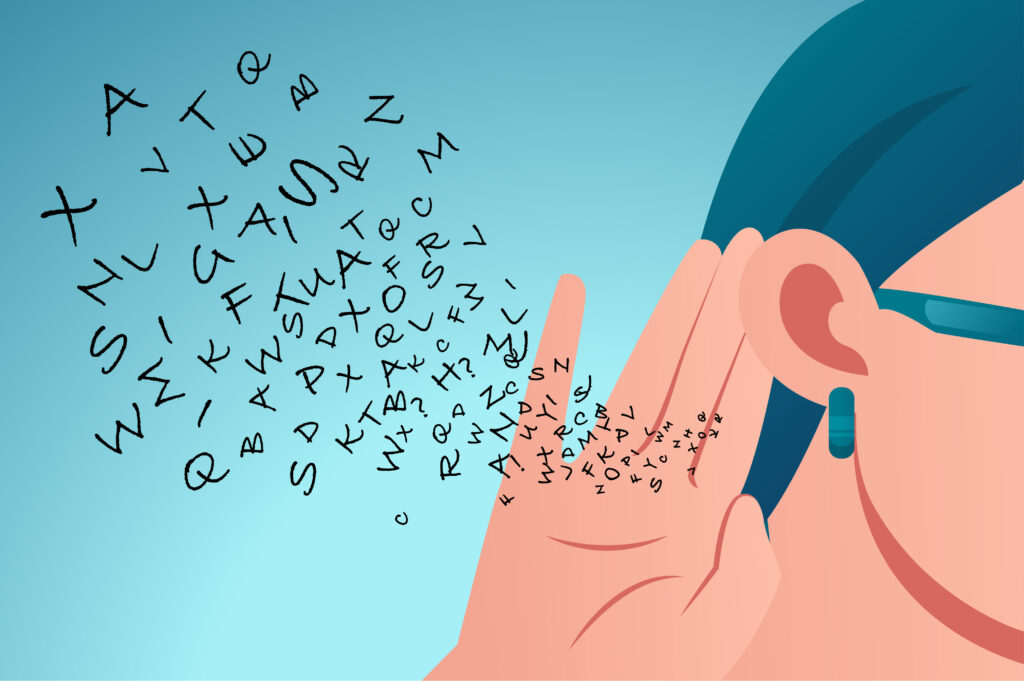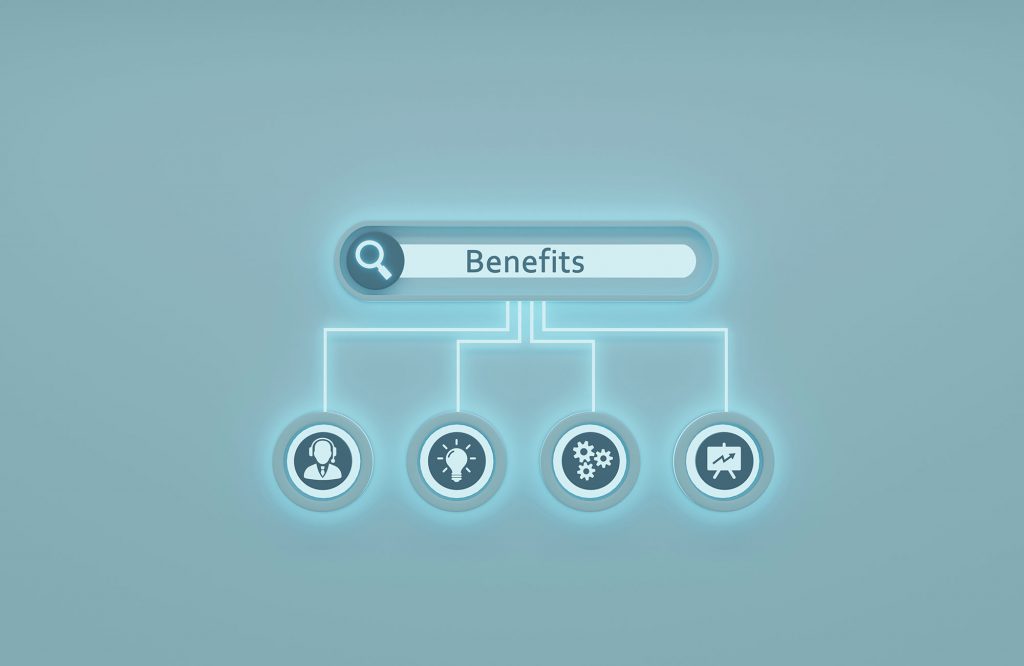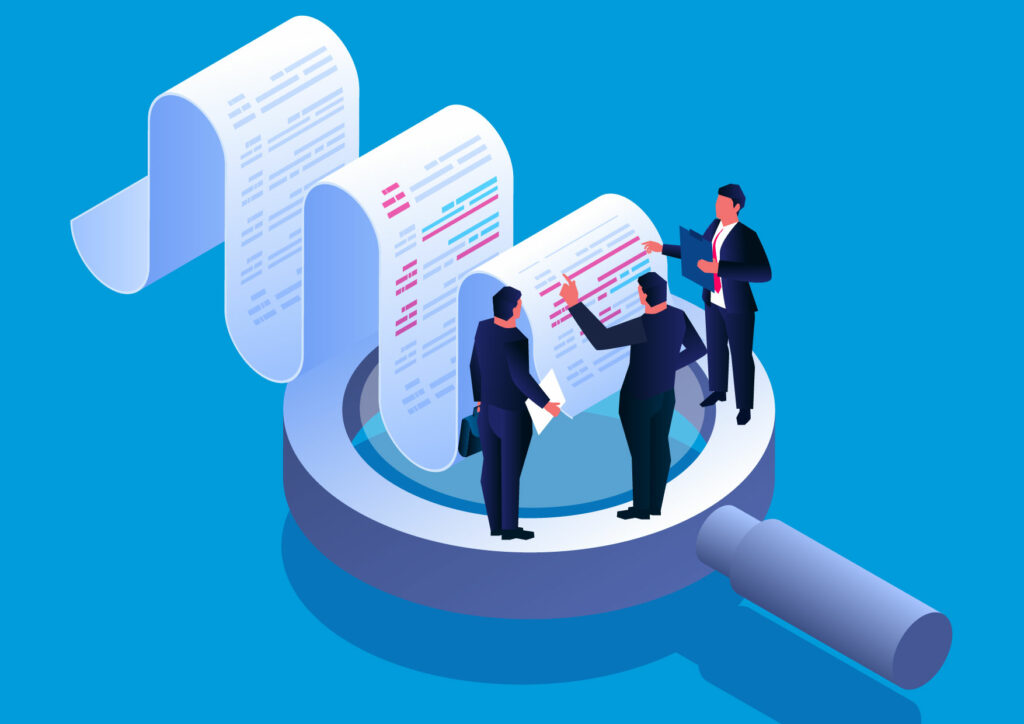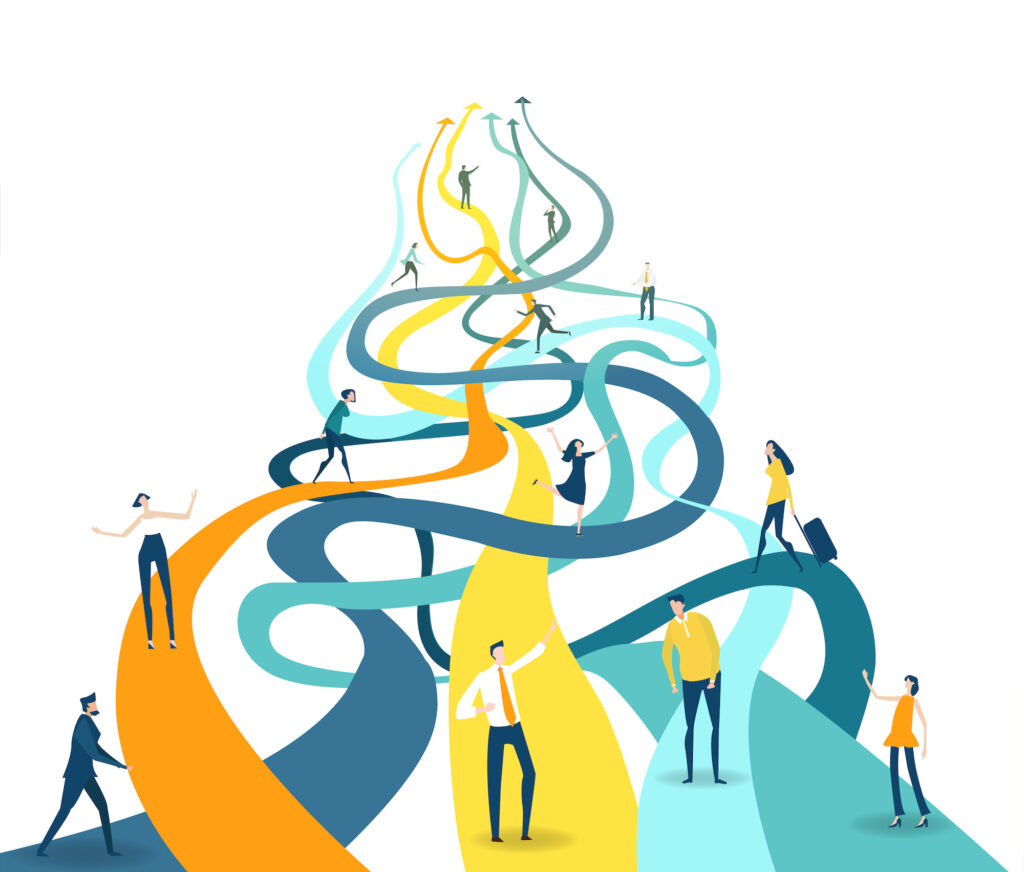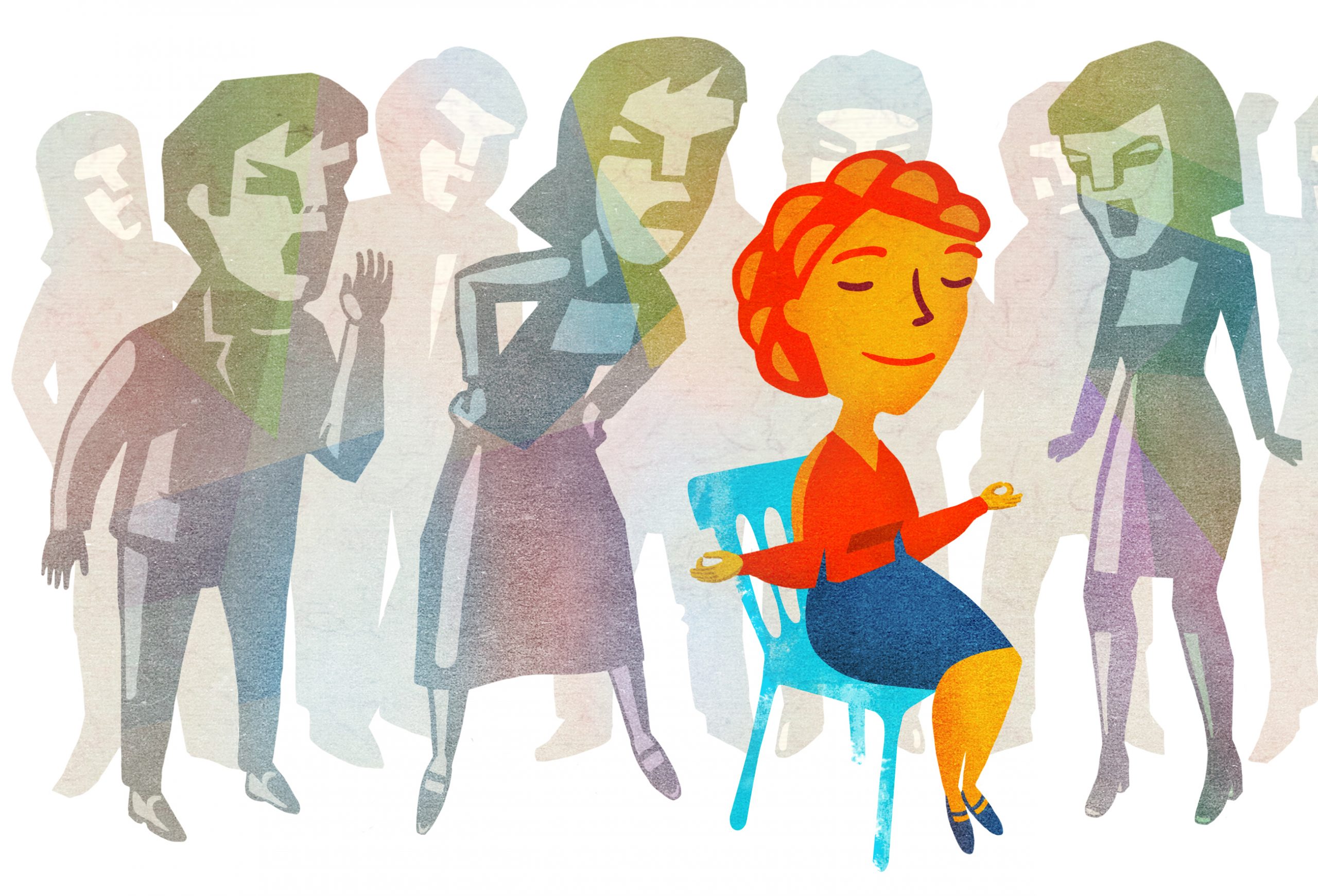

Jared Pope, founder and CEO of Work Shield, a workplace harassment and discrimination solution, thinks when it comes to employers’ responses to the coronavirus, “where there’s chaos, there’s opportunity to show leadership and empathy.”
The spread of the infection has reached a fever pitch with over 451,000 cases worldwide, over 60,000 reported cases across the U.S. and more new cases reported outside of China than within it. On March 11, the World Health Organization deemed the virus a global pandemic and President Trump instituted a U.S. travel ban to and from Europe for 30 days.
The rapid spread of the virus has contaminated virtually every industry and almost every facet of daily life. Major tech companies like Facebook and Google have begun cancelling and postponing scheduled events. The insurance industry has begun to take precautions to instate their own travel bans for nonessential business travel. There are fears of a prescription drug supply chain shortage.
While the health and business-related implications of COVID-19 are vast (read our coverage: Communication Key to Managing Spread of Coronavirus and Will P&C Insurers Pay Out Coronavirus Claims?), the stigma around the disease could also trigger certain discriminatory behaviors among employers and their employees.
We sat down with Pope to hear his take on how employers can approach workplace harassment, discrimination, and unconscious bias in the midst of a COVID-19 outbreak.
Let’s first take a step back. Whether it’s coronavirus, the swine flu, or some other kind of pandemic, what does that mean for employers and employees? In particular, as it relates to harassment or discrimination, certain people could be more closely associated with the outbreak depending on how they look physically (i.e., ill) or how they identify racially or culturally. For example, when the swine flu broke out, guidance was issued warning employers not to discriminate against employees who are of Mexican descent since Mexico was the epicenter of the outbreak. The same could happen with coronavirus and employees of Asian descent. Whether it’s done subconsciously or unconsciously, you could start changing your behavior and your interactions based on immediate and sometimes uninformed gut reactions. That bias creates a stressful work environment.
As a leader, you have to ask yourself: Am I going to let misinformation, heightened anxiety, or fear of the unknown impact day-to-day productivity? The most effective way to be prepared is to have tools in place for employees to raise their voices if they feel they need to raise them, or feel that they are subject to improper bias or actions by individuals.
It comes down to the way the person feels. We can try to make sure people feel included or welcome, but if an employee thinks they are being targeted as a result of the way he/she looks, then we hope they would raise that through the appropriate channels.
The precautionary measures mentioned above also have the ability to affect a person’s status, productivity, and success at work. For example, if an employer tells an employee that they cannot go on a business trip because of a ban on nonessential business travel, that employee might miss out on an opportunity to gain a new client or service an existing relationship. That employee could come back and argue the intent of the employer was to keep them from advancing their career or incurring travel costs rather than protecting their safety, and flip the situation into a discriminatory one.
Lastly, as an executive, you should take these claims seriously. Even if it seems like a small issue, it should be dealt with in a timely manner. It’s difficult to negate someone’s feelings and it’s always best to let the employee’s voice be heard. The only way to do that is to ensure there is a clear path to resolution with a trusted, unbiased partner.
Let’s say a company in Indiana says, “We’re scared of coronavirus, so please work from home for three weeks.” Under the wage and hour rules, if a salaried employee opens an email, you’ll likely have to pay them for that day of work. But what does that mean for hourly employees, or for people who don’t have a computer at home? This is a timely consideration as employers are steadily moving toward asking employees to work from home across the U.S. More importantly, what if employees do not have laptops and need to enter the workplace to work? As you can imagine, the issues and hypotheticals start adding up quickly.
If a company treats their employees as assets versus liabilities, that will ultimately contribute to the way the organization is viewed by employees. If the message is, “We care about our employees and because of that we’ll take measures to make sure everyone is safe, there is no unnecessary impact and the company continues to operate and move forward,” that will create an atmosphere where fear and anxiety take a backseat to a thoughtfully communicated plan. Employees will respond positively if the message comes from leadership and there is a real sense of care provided in the message.
What makes the Work Shield solution effective is that we have someone on the other side of the phone listening to the employee who reached out to us. While new technologies like AI are great, there’s no human component which is important to have when you think about what a human can decipher from a conversation. They could raise a red flag about how an employee felt or sounded, or be able to identify certain words or phrases that the employee said in a particular context.
Additionally, as the coronavirus situation evolves, employees may feel heightened anxiety or worry. To the extent that is detectible over the phone, mental health benefits can be highlighted.
In the end, with a world of technological connectivity, there always remains a deep desire to feel heard and know that someone is actually listening and hearing your concern or issue. Being able to provide that to employees will undoubtedly reduce the anxiety levels and provide a sense of calmness to these ever-changing issues with COVID-19. We cannot lose sight of the both the mental and physicial aspects of the current landscape.

